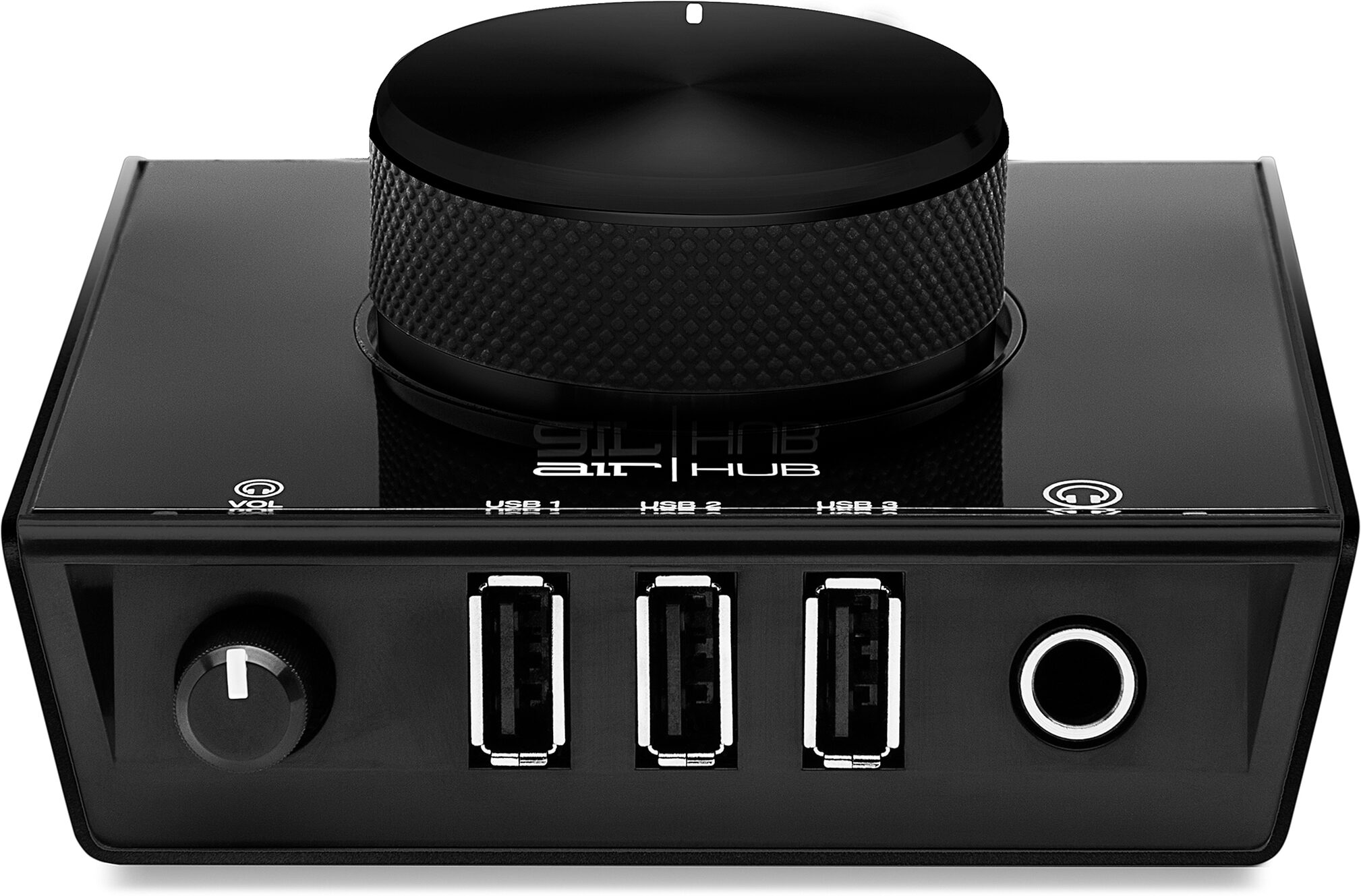

- #Usb audio interface software
- #Usb audio interface Pc
- #Usb audio interface professional
- #Usb audio interface free
But do yourself a favor and double-check before buying anything - dual compatibility isn’t ubiquitous.
#Usb audio interface Pc
Units with both PC and Mac compatibility are quite common.

CompatibilityĪudio interfaces require computers to actually record data, and if your interface doesn’t mesh with your system, you’re back to square one. Any significant latency can negatively impact the performer’s ability to play along with a track and layer tracks efficiently.
#Usb audio interface software
It measures how long it takes for the music you play to travel through the audio interface to your recording software and back again, out through your speakers or headphones. In addition, keep your eye out for low-latency units. 192kHz/24-bit is essentially the standard sample rate for modern interfaces above the entry level. Common sample rates are, in ascending quality, 48kHz, 88.2kHz, 96kHz, 176.4kHz, and 192kHz (also called 24-bit). Recording quality is measured in something called sample rate, which boils down to the number of digital “pictures” taken of the audio each second.
#Usb audio interface free
High-quality recordings are extremely attainable even at home, and high-fidelity tracks free of noise and hissing immediately bestow a sense of professionalism. Finally, keyboards and synthesizers need even less gain, but they may require some amplification to match studio level or recording consistency. Guitars and basses need less gain, but a preamp is still required. Microphones need strong preamps with lots of gain (volume) otherwise, your records will turn out extremely muted and dull. Some are dedicated XLR/TRS inputs for microphones, while others feature a 3.5mm jack for instrument cables or unique MIDI plugs.Įach channel generally has a preamp attached to it that converts weak signals into strong signals. Not all inputs are created equal, however. For recording guitar and vocals side-by-side or an ensemble, you’ll need additional inputs. If you’re a solo artist recording acoustic guitar, a basic two-channel input/output configuration is perfectly sufficient, and the good news is it won’t break the bank. The number of inputs and outputs on an interface determines how many instruments it can handle at one time. Thankfully, 24-bit audio interfaces are extremely attainable, allowing you to churn out professional-quality tracks right from home. 24-bit recordings eliminate almost all noise and provide plenty of headroom for dynamic performances.
#Usb audio interface professional
The professional audio standard of today is 192kHz or 24-bit. USB audio interfaces also offer built-in effects, preamps, additional cable jacks, and other features to make the whole process easier and more fun. Think of these products as mediators, allowing all your components to speak the same language to facilitate the recording process. Thankfully, USB audio interfaces provide these inputs, plug right into your computer via a USB port, and convert analog, real-world audio into computer-friendly digital audio. Why? Computer audio processors don’t typically have the right inputs for recording microphones and instruments directly, resulting in extremely quiet recordings, muted tones, or static when you plug in directly. While professional studios utilize purpose-built, multi-thousand dollar recording consoles, home recording studios rely on audio interfaces to translate the music you play into something your computer can properly understand. If you’re interested in recording music at home, though, we recommend a USB audio interface. It happens in living rooms, on front porches, in parks, and everywhere in between. The magic of music doesn’t just happen in professional recording studios. Buying guide for Best USB audio interfaces


 0 kommentar(er)
0 kommentar(er)
